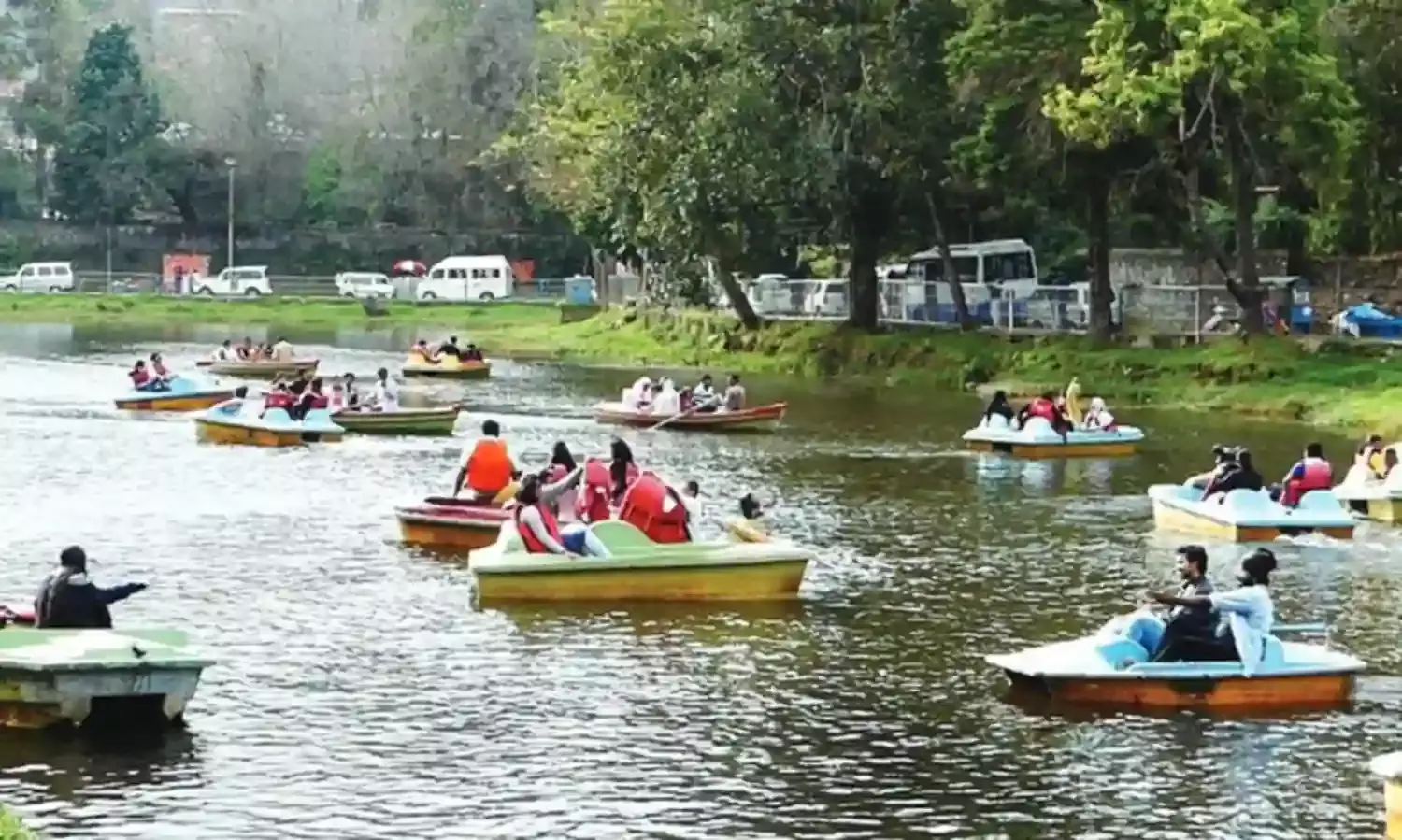Coastal Tourism and Adventure Sports in Tamil Nadu
‘In Tamil Nadu, every village and town is unique in its own way’

Home to a wide range of natural resources, grand temples, hill stations, the longest coastline in the country and eight UNESCO World Heritage Sites, Tamil Nadu has a large share in Indian tourism. The state has consistently ranked number one in the top tourist destinations in India according to the Ministry of Tourism with over 300 million tourists every year.
Considering the fact that the tourism department's contribution to the economy is roughly 8 per cent, it is no doubt an important sector. However, stakeholders and economic experts feel that there is still a lot of untapped potential that could further boost tourism in the state and increase its contribution to the economy.
Since last year, the Tamil Nadu Tourism Department has taken several steps to develop the sector further and bring more organisation. Sandeep Nanduri, Managing Director, Tamil Nadu Tourism Development Corporation told The Citizen:
"A lot of segments haven't been given much attention. People are not aware that we have one of the longest coastlines in the country. Similarly, the possibilities of adventure tourism are not fully discovered. Last year the government decided to promote adventure and eco tourism in a big way… Various beach sites and hill sites have been selected to promote camping, glamping and adventure activities like zip lining, zip cycling, rope courses, ATVs, mountain climbing, etc."
The department has also been planning events for tourists. "We just had the kite festival, we're planning to host a balloon festival, bikers festivals in one of the hill stations, handicrafts fair and rural sports."
Nanduri said the state would need "a lot of infrastructure upgrades… a lot of amenities" and more streamlined regulation to develop tourism earnings.
This year, coastal tourism and adventure sports have been identified as some of the priority sectors. According to Arun Vasu, founder of Surf Turf and President of the Surfing Federation of India, this is a welcome move as the next generation is showing great interest in these segments. He said:
"I've always believed in the potential of water sports. The market has also changed in the last 8-10 years. With more exposure and travel, the next generation is more interested in adventure and water sports. Earlier, people wouldn't even get into the water even though they lived close to the sea all their lives. Coastal tourism and adventure sports can be positioned very well to scale it up domestically and internationally."
Speaking about the pros and cons of the growth of tourism in the state, Dr A Duraisamy, a senior economist and professor said, "Any country or place where there is a possibility of tourism, if you invest in it, it will create opportunities for employment, investment, expansion of livelihood and urbanisation. But the downside to it is that often, these tourist destinations tend to lose their real identity.
"For instance, I went to Kodaikanal recently. I have been there several times in the last 30 years. When I went first, it was something I could not forget, the experience was just wonderful. But the last time I visited, it was entirely different. As a tourist I couldn't really enjoy it. It was just like Chennai city. In the name of development, in the guise of giving more facilities to tourists, they have changed the real identity of the place and tourists aren't really satisfied."
"On the other hand, there are some places which have retained their natural beauty, but even the most basic infrastructure is not available. Take Agasthiyar falls in Tirunelveli for instance. There you don't have a proper pathway, you can't park your car, there's not even a decent place for ladies to change their clothes after going to the falls. The basic facilities are not there, although the charm and beauty of the place is retained. These facilities are important to attract more tourists," said Duraisamy.
"In order to boost tourism, you need to keep in mind both the facilities and retaining the natural beauty or soul of a place. Be it coastal tourism, religious tourism, hill or archaeological tourism, if you treat a place as a tourist place, you must decide what to retain to keep the tourist happy. Unfortunately, the natural growth process will force you to get rid of a lot of things."
To strike a balance, "There needs to be some kind of a body to monitor tourism at every level, from village to national level, because the families living in the area should also be benefitted. Why does a celebrity get to buy a 100 acre in Kodaikanal and build a restaurant, whereas someone who has lived there for 50 years in a small hut can't even buy two cents of land? The existing tourism policy has identified the scope of tourism development and increasing revenue, but it should also focus on how it can impact everyone."
A more thoughtful approach would also improve allied sectors of the economy.
"In Tamil Nadu, every village and town is unique in its own way. There is something that is popular in each place. For instance, in entire Tamil Nadu, the instrument veena is made only in one place near Thanjavur. We conducted a research on the socioeconomic conditions of the veena making families and found that youngsters don't want to learn the art and it is slowly dying. If you send entrepreneurs to these places and if they invest in it, it would really help boost the trade and benefit the families."



